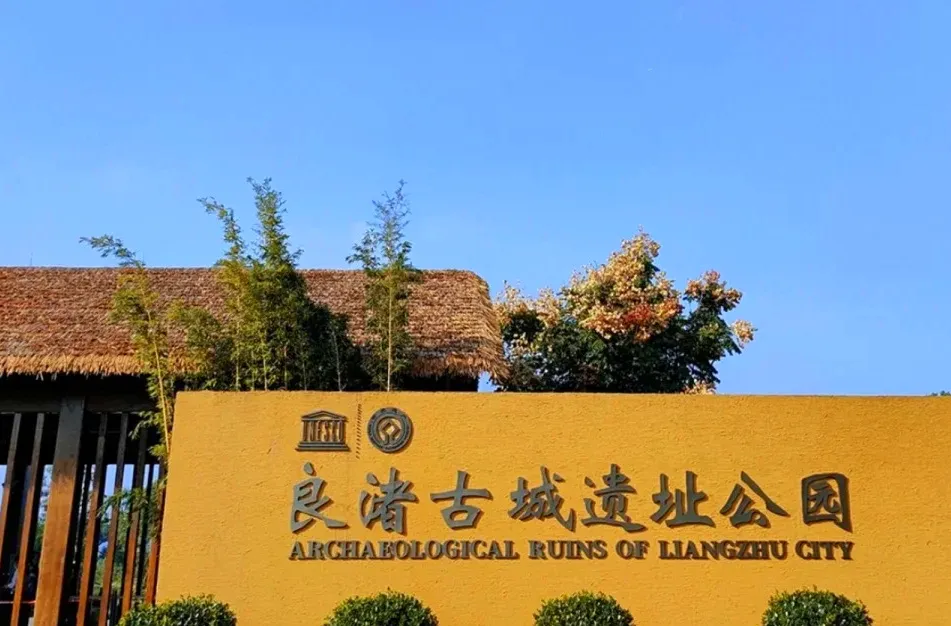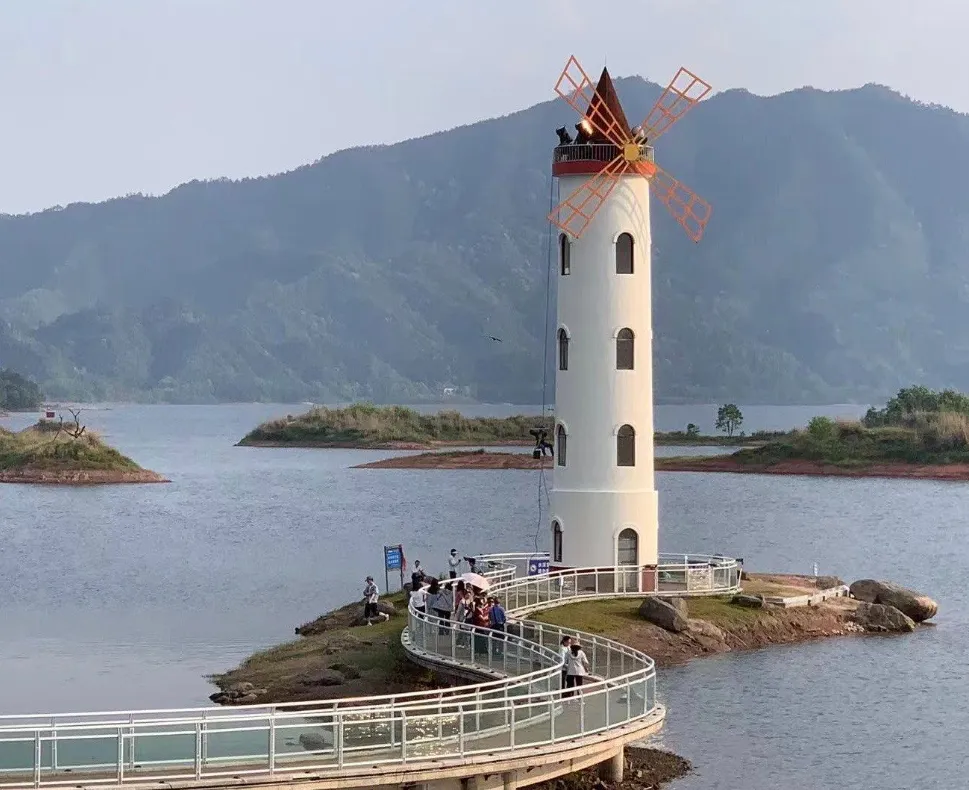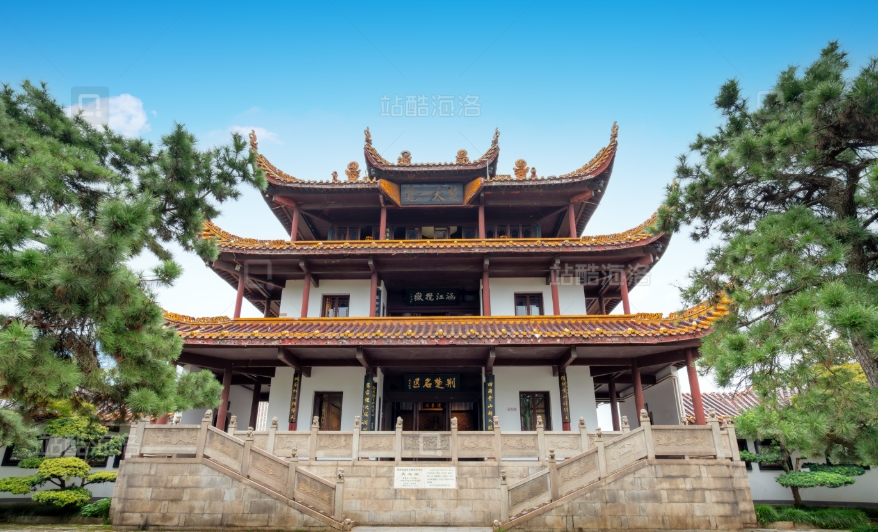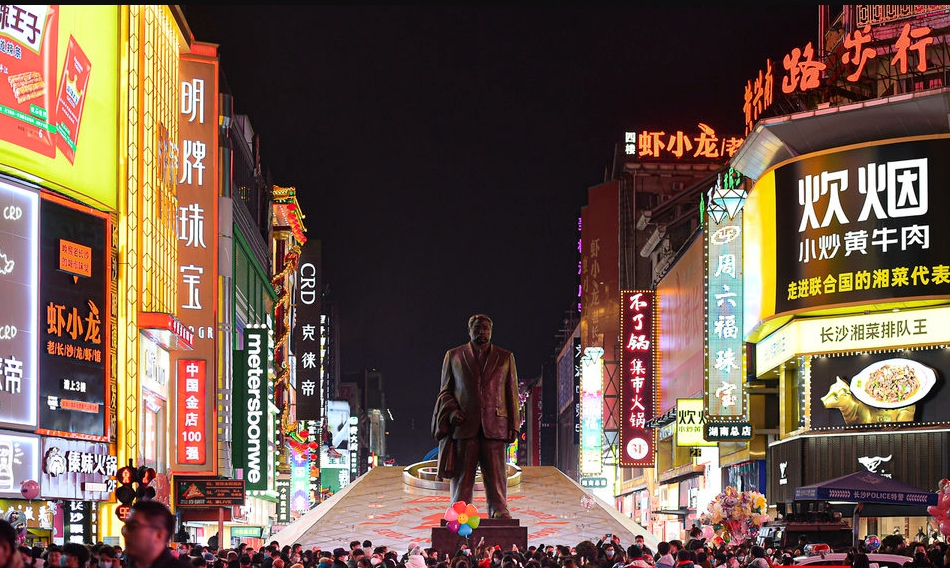Introduction
The Archaeological Ruins of Liangzhu City offer a rare glimpse into early Chinese civilization.
Located near modern-day Hangzhou, this UNESCO World Heritage Site dates back over 5,000 years.
It reveals advanced urban planning, water management, and social structure.
Unlike many ancient sites, Liangzhu was not built by a centralized empire.
Instead, it emerged from a complex Neolithic society with remarkable engineering skills.
Today, the site helps scholars understand the roots of Chinese culture and state formation.
This article explores the history, significance, and legacy of the Liangzhu City Ruins.
We’ll examine its discovery, layout, artifacts, and ongoing research.
Understanding this site deepens our appreciation of early human innovation in East Asia.
Discovery and Excavation of Liangzhu
Liangzhu was first identified in 1936 by archaeologist Shi Xingeng.
Initial findings included jade artifacts and burial sites.
But it wasn’t until the 2000s that the full scale of the city became clear.
Large-scale excavations revealed walls, dams, and a complex hydraulic system.
In 2019, UNESCO officially inscribed the Archaeological Ruins of Liangzhu City as a World Heritage Site.
This recognition highlighted its global cultural importance.
The site covers approximately 290 hectares, with surrounding landscapes spanning over 1,000 hectares.
Ongoing digs continue to uncover new structures and artifacts.
Each discovery adds to our understanding of this ancient society.
Urban Planning and Engineering Mastery
The city’s layout reflects sophisticated urban design.
It featured a central palace area, residential zones, and religious spaces.
Engineers constructed earthen walls up to 20 meters wide and 4 meters high.
A network of canals and reservoirs supported transportation and flood control.
One of the most impressive features is the dam system.
It includes 11 dams made of stone and earth, some dating back to 2300 BCE.
This system predates many known water management projects in China.
Researchers believe it regulated water flow for agriculture and defense.
The precision of construction suggests a highly organized labor force.
Such engineering indicates a centralized authority capable of large-scale coordination.
The Role of Jade in Liangzhu Culture
Jade was central to Liangzhu’s spiritual and social life.
Artifacts like cong (cylindrical tubes) and bi (discs) have been found in elite tombs.
These objects symbolized power, status, and cosmological beliefs.
The craftsmanship involved precise carving without metal tools.
Jade workshops suggest specialized artisans existed within the city.
Patterns on jades often feature a stylized human-animal motif, possibly a deity.
This iconography appears across hundreds of artifacts, indicating shared beliefs.
The widespread use of jade also points to long-distance trade networks.
Raw materials likely came from regions hundreds of kilometers away.
Jade wasn’t just decorative—it was a cornerstone of Liangzhu identity.
Archaeological Ruins of Liangzhu City: A Window into Social Hierarchy
Excavations reveal clear class divisions in Liangzhu society.
Elite burials contain dozens of jade items, while common graves have few or none.
Some tombs are elevated on artificial mounds, emphasizing status.
The largest墓 (burial mound), Fanshan, held 12 high-ranking individuals.
These graves lacked human sacrifices, unlike later Chinese dynasties.
This suggests power was legitimized through ritual, not violence.
Settlement patterns also show spatial separation between classes.
Housing size and construction quality varied significantly.
Such evidence confirms a stratified, yet stable, social order.
The Archaeological Ruins of Liangzhu City thus provide key insights into early state formation.
Agriculture and Food Production Systems
Rice cultivation was the backbone of Liangzhu’s economy.
Paddy fields have been discovered beneath modern farmland.
Archaeologists found carbonized rice grains and farming tools.
The irrigation system supported large-scale wet-rice farming.
This allowed surplus production, enabling population growth.
Other crops like millet and vegetables were also grown.
Animal remains indicate domestication of pigs and dogs.
Fishing and foraging supplemented the diet.
Stable food supply supported non-farming specialists—craftsmen, priests, and rulers.
This agricultural foundation made urban life possible.
Climate Change and the Fall of Liangzhu
Despite its sophistication, Liangzhu collapsed around 2300 BCE.
Evidence suggests environmental factors played a key role.
Sediment studies show a period of extreme flooding.
Rising water levels may have overwhelmed the dam system.
Crop failure and displacement likely followed.
Some researchers link the collapse to broader regional climate shifts.
Others argue internal social tensions contributed.
But no signs of warfare or invasion have been found.
This points to a gradual decline rather than sudden destruction.
The fall of Liangzhu reminds us how vulnerable ancient cities were to nature.
Preservation and Modern Challenges
Today, the site faces threats from urban development and tourism.
Hangzhou’s rapid expansion puts pressure on the surrounding land.
Conservation efforts include buffer zones and controlled access.
Digital mapping and 3D modeling help preserve data.
Local authorities collaborate with UNESCO to maintain standards.
Public education programs raise awareness among residents.
However, balancing preservation with economic interests remains difficult.
Long-term monitoring is essential to protect the Archaeological Ruins of Liangzhu City.
International cooperation could strengthen protection strategies.
Visiting the Liangzhu Museum and Site Park
The Liangzhu Museum offers an immersive experience.
Designed by architect David Chipperfield, it blends into the landscape.
Exhibits display jades, tools, and reconstructions of daily life.
Interactive screens explain the city’s hydraulic system.
The adjacent site park allows visitors to walk through reconstructed areas.
Key features include the palace zone and ancient canals.
Guided tours are available in English and Chinese.
Opening hours: 9:00 AM – 5:00 PM (closed Mondays).
Admission is free, but reservations are recommended.
It’s a must-visit for history enthusiasts and travelers to Hangzhou.
Conclusion
The Archaeological Ruins of Liangzhu City stand as a testament to early human achievement.
They reveal a society with advanced engineering, social structure, and cultural depth.
From jade craftsmanship to flood control systems, Liangzhu was far ahead of its time.
Its UNESCO status ensures global recognition and protection.
For researchers, it offers invaluable data on Neolithic urbanism.
For the public, it provides a tangible link to China’s ancient past.
Future studies may uncover even more about this lost city.
We encourage travelers and scholars alike to explore Liangzhu.
By preserving and sharing its story, we honor one of humanity’s earliest civilizations.



